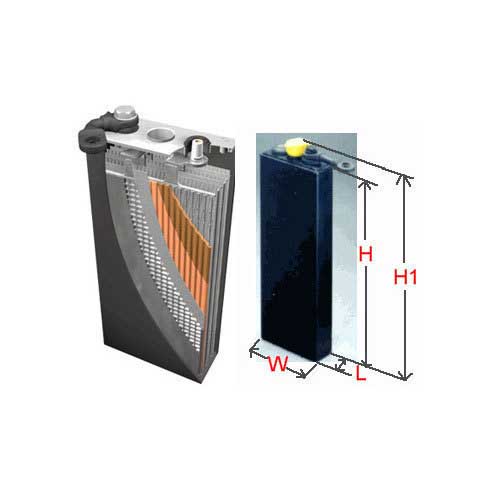Schedule a Call Back
How Solar and Battery Storage Synergy can Meet Peak Energy Demand in India?
 Articles
Articles- Jul 28,25

- Load shifting: Energy produced at noon can be used during peak demand in the evening.
- Grid support: BESS can provide frequency regulation, voltage support, and backup power during outages.
- High upfront capital costs: Although costs are falling, initial investments remain a barrier, particularly for small-scale or residential applications.
- Regulatory uncertainty: Inconsistent policies on net metering, time-of-use pricing, and storage incentives hinder widespread adoption.
- Grid integration issues: Interconnection delays, limited hosting capacity, and lack of standardisation pose obstacles to large-scale deployment.
Related Stories

GREW Solar Wins Global Honour as Solar Energy Manufacturer of the Year 2025
GREW Solar won the 2025 Solar Energy Manufacturer of the Year at the Go Global Awards in London, highlighting its innovation, global growth, and commitment to clean energy.
Read more
Saatvik Green Energy Doubles H1 FY26 Revenue & Profit, Expands Solar Capacity
The Company reported a striking step-up in scale and profitability, backed by expanding capacity, a richer product mix, and disciplined execution across its manufacturing footprint.?
Read more
Last chance: Secure C&I solar projects before costs escalate
India’s solar costs are set to rise. Tacklers Renewables urges firms to act now and secure commercial and industrial (C&I) projects before ALMM 2026 regulations take effect
Read moreRelated Products

Forklift Battery
Aatous International is a manufacturer and solution provider of a wide range of forklift battery.

Kusam Meco -Wrist Type High Voltage Alarm
‘KUSAM-MECO’ has introduced a new wrist Type High Voltage Alarm Detector - Model KM-HVW-289 having a wide sensing range from 1kV-220 kV AC.
Servotech Power Systems files 2 patents for energy management technologies
Servotech Power Systems, a leading manufacturer of EV chargers and solar solutions, has announced that it has filed two patents for innovative energy management technologies in order to facilitate gri Read more















